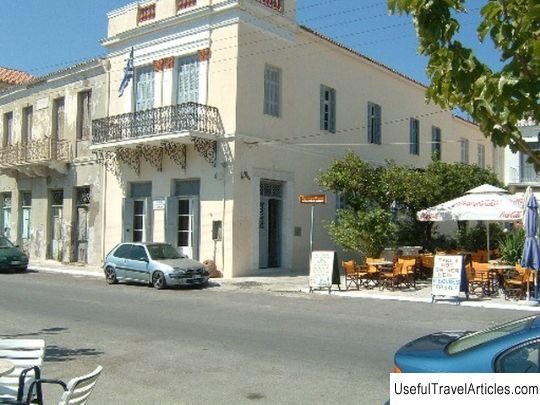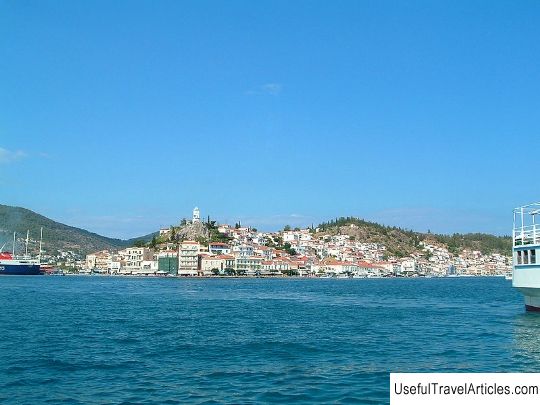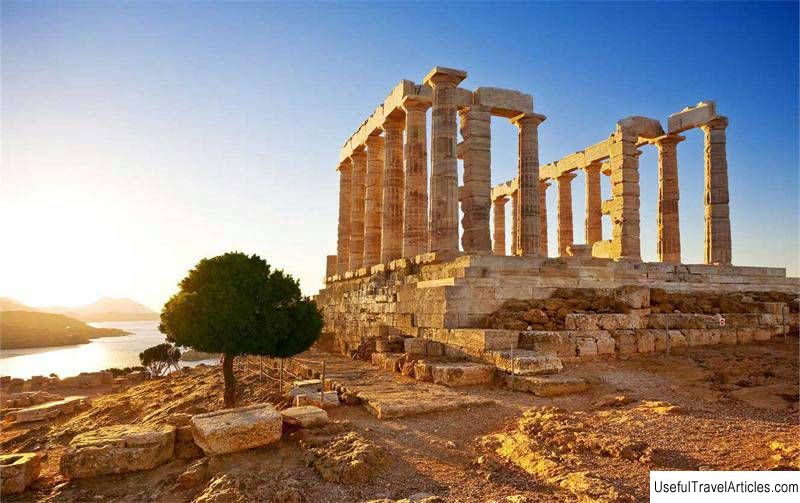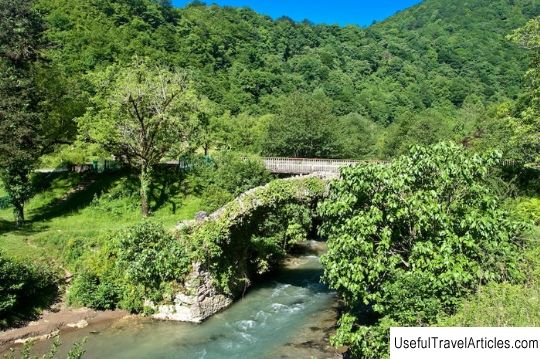Temple of Poseidon ruins description and photos - Greece: Poros Island
Rating: 8,3/10 (907 votes) 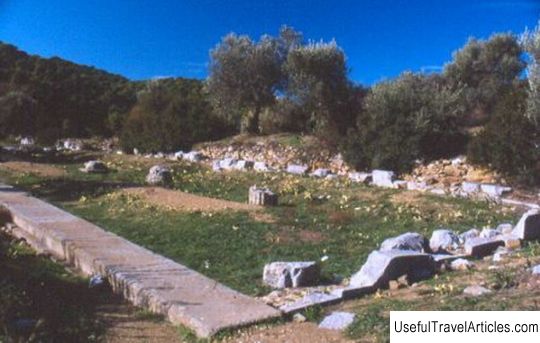
Ruins of the Temple of Poseidon description and photos - Greece: Poros Island. Detailed information about the attraction. Description, photographs and a map showing the nearest significant objects. The name in English is Temple of Poseidon. Photo and descriptionIn ancient times, Poros (ancient Kalavria) was the island of the sea god Poseidon. In the central part of the island there was a religious building - the sanctuary of Poseidon. Unfortunately, only the ruins of a once majestic temple have survived to this day. An ancient legend says that the island originally belonged to Apollo, and Poseidon exchanged it for Delphi. The peak of the flowering of Poros (Kalavria) fell on the 6-5th century BC. During this period, Poros (Kalavria) was the center of the most powerful amphictyony (union) in Ancient Greece between Athens, Nafplion, Aegina, Epidaurus, Orchomenos and other powerful city-states of that era. The Sanctuary of Poseidon played an important role in the religious and political life of the ancient world, and even after the collapse of the Amphictyon it retained its position. The exact date of the founding of the Temple of Poseidon is not known. It was probably built in the 6th century BC, and possibly somewhat earlier. The architecture of the ancient sanctuary was mostly Doric, although some of its columns were in Ionic style. The dimensions of the temple were 27.4 by 14.40 meters (12 and 6 columns, respectively). It was built from porous limestone brought from the island of Aegina. The ancient sanctuary of Poseidon was destroyed in 395 AD. as a result of a powerful earthquake. Over time, the interior of the temple was plundered, and in the 18th century, most of the masonry was dismantled for the construction of new buildings on Hydra. The great ancient Greek orator Demosthenes found his refuge in the temple of Poseidon, fleeing from the murderers sent by Antipater who pursued him ... Here in 322 BC. Demosthenes committed suicide by taking poison and was buried within the walls of the sanctuary. Today, on one of the roads leading to the temple, you can see a marble bust of Demosthenes. Systematic excavations of this area began in 1894 by Swedish archaeologists. Important historical artifacts found during excavations are kept in the Poros Archaeological Museum.     We also recommend reading Monastery of the Virgin Mary (Vor Frue Kirke) description and photos - Denmark: Aalborg Topic: Temple of Poseidon ruins description and photos - Greece: Poros Island. |
